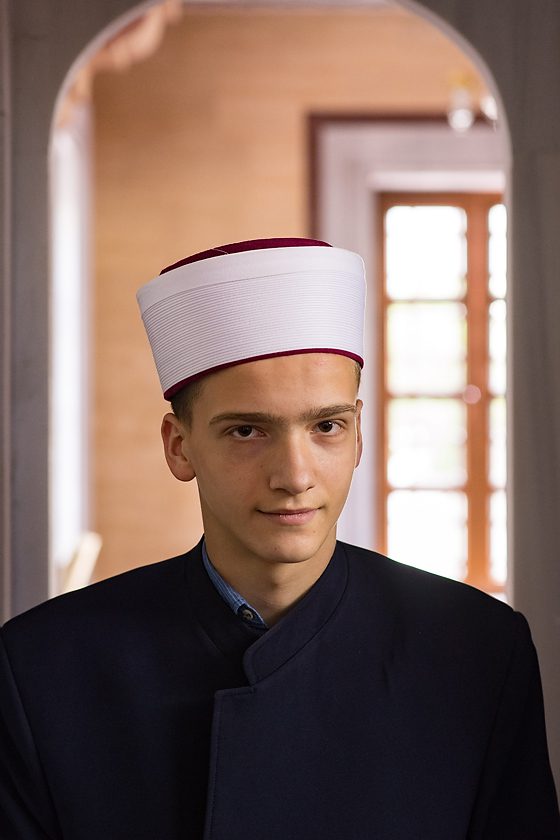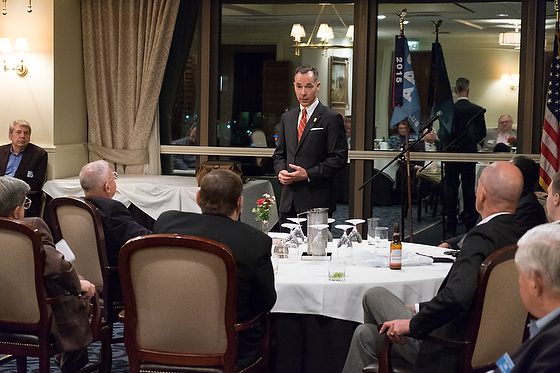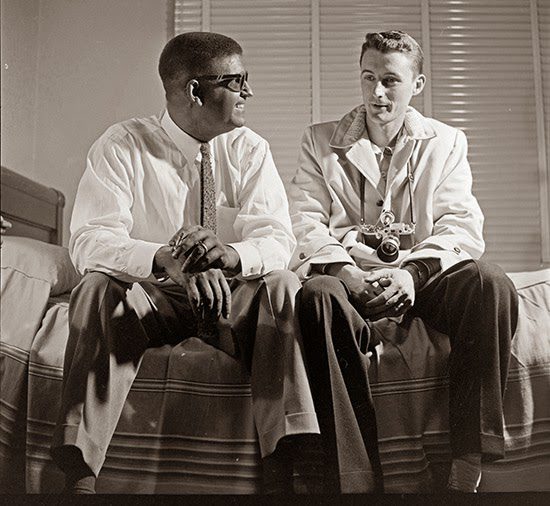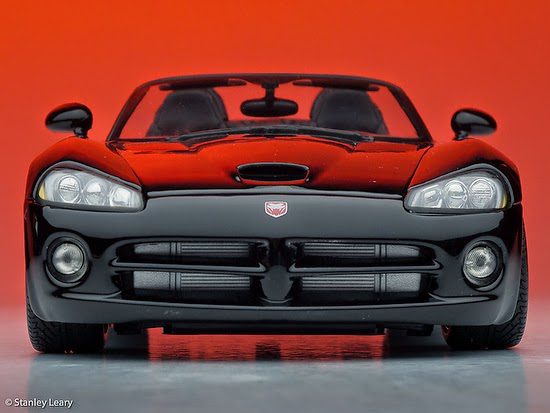[Nikon D5, 85mm ƒ/1.8, ISO 4500, ƒ/4, 1/100]
This is Amar, and his father is the Imam in a Mosque we visited in the Balkans. This is all part of our Storytellers Abroad Multimedia Workshop that I am helping lead in the Balkans, which is part of Eastern Europe.
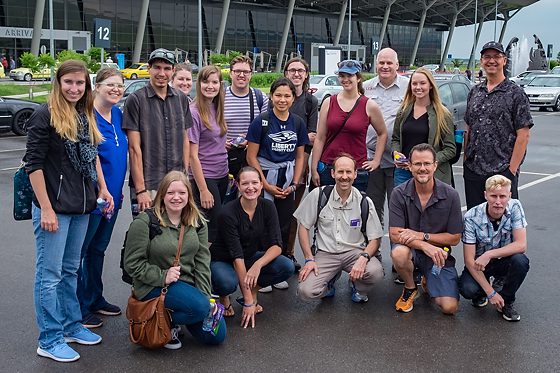
This is our Storytellers Abroad Multimedia Workshop of 12 participants, four instructors, and one administrative staff.
We are finding stories where global workers are helping through education the people of the Balkans.
Hopefully, next week I can show you some of the finished projects.
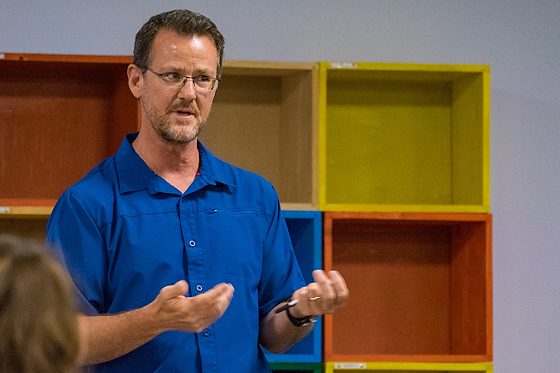
Each day we have a couple of hours of class time teaching some of the basics the students need to do before they go out.
Pat Davison, one of the instructors, is talking to the workshop participants about how to conduct a pre-interview where you find the storyline that will later help you with the questions that will make up the video interview.
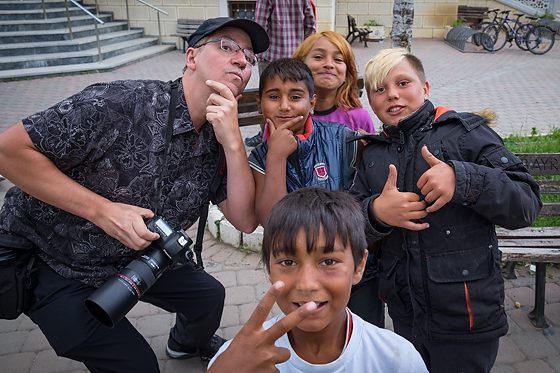
James Dockery is one of the other instructors in our Storytellers Abroad Multimedia Workshop that we are doing in the Balkans. James was photographing the kids, and I was off to the side and pulled my camera up, and they all quickly posed.
No matter where we go, we have our cameras and are learning about the culture. Children quickly run to be in the photos and let us get to know them.

We walked to the square in the town at night, and everyone was out socializing and drinking their macchiatos.

This is the Macchiato I was drinking at an Italian restaurant in the Balkans. A Caffé Macchiato or Espresso Macchiato is a shot or two of espresso, with just a small amount of steamed milk that “marks” the espresso, though in some regions, the steamed milk comes first, and the espresso makes the mark.

This is a photo from last year’s workshop in Togo, West Africa. This is what I will demonstrate this morning for the class. I will be showing them how to conduct an interview where they have a subject and a translator.
The very first night we were in the Balkans, we sat down and explained how they were to spend time getting to know their subject the next day. They were to develop a list of questions to help tell their subject’s story.
Today they will conduct those formal interviews, which will be the storyline for the multimedia package.
Stay tuned for more experiences from the Storytellers Abroad Workshop in the Balkans this week and next week.

